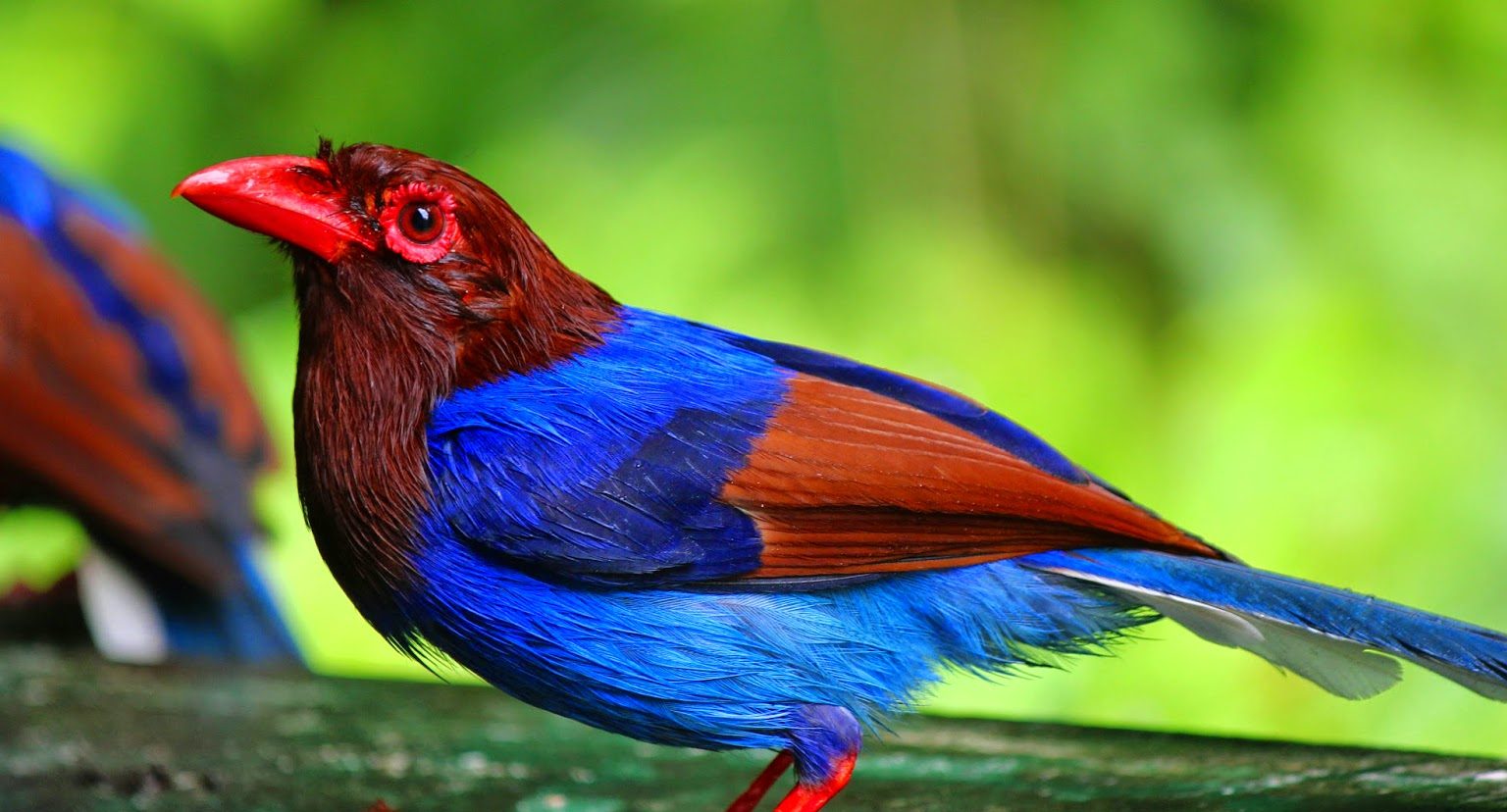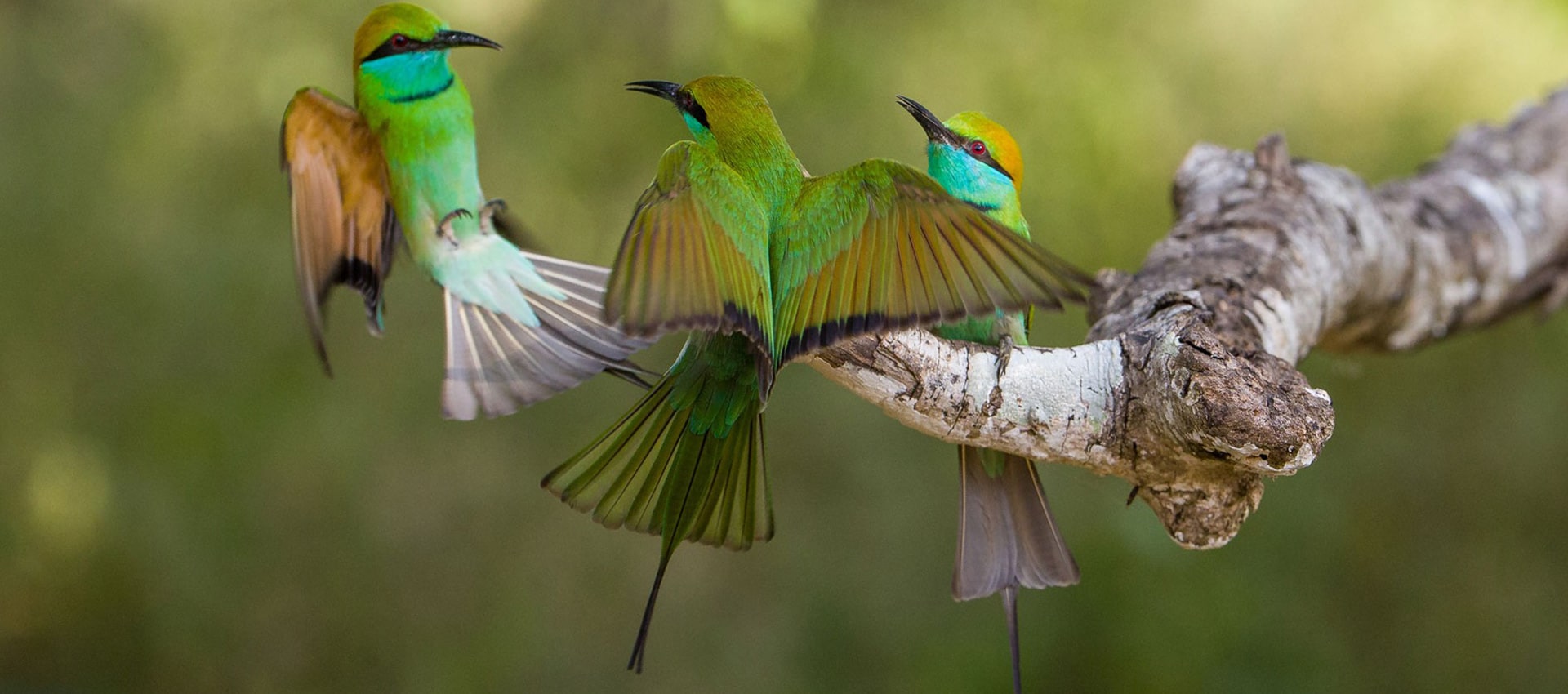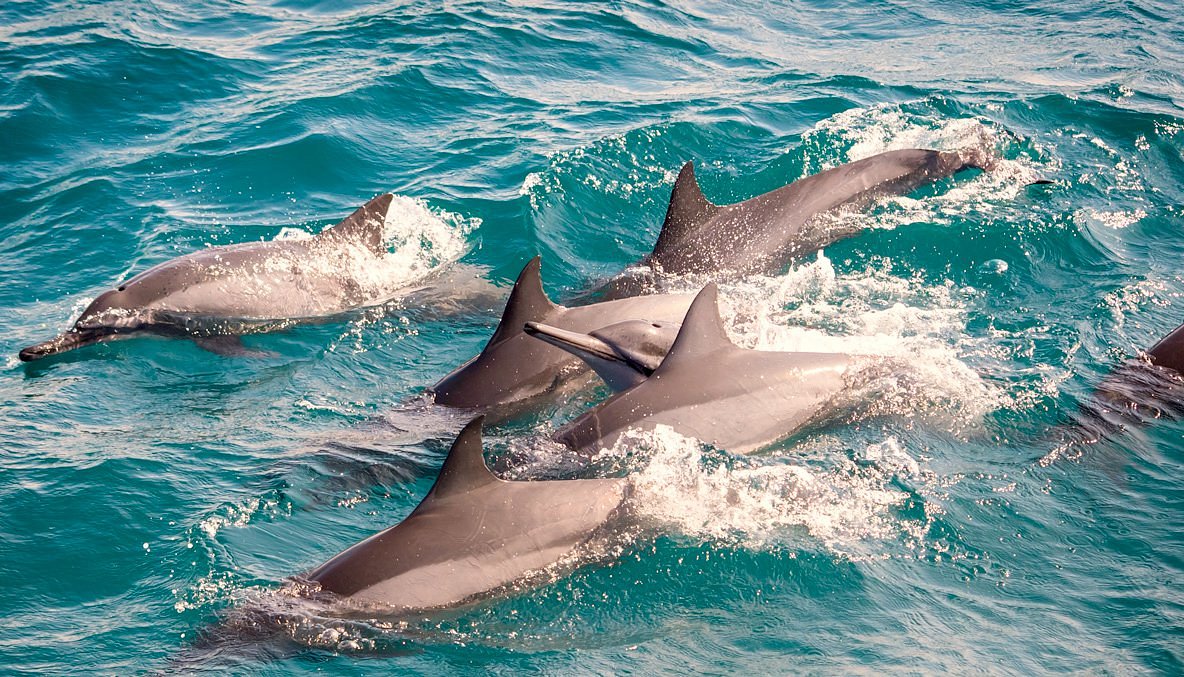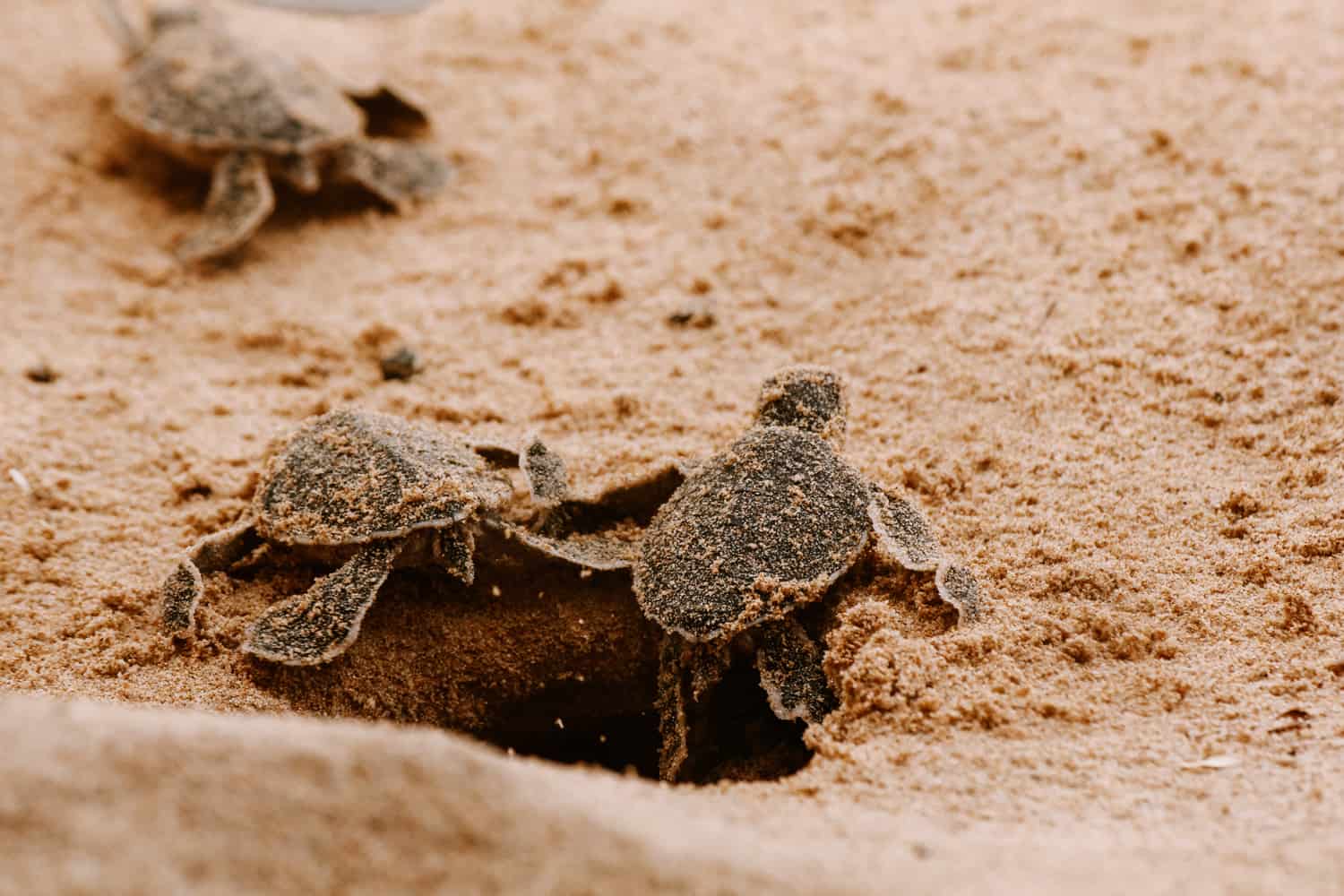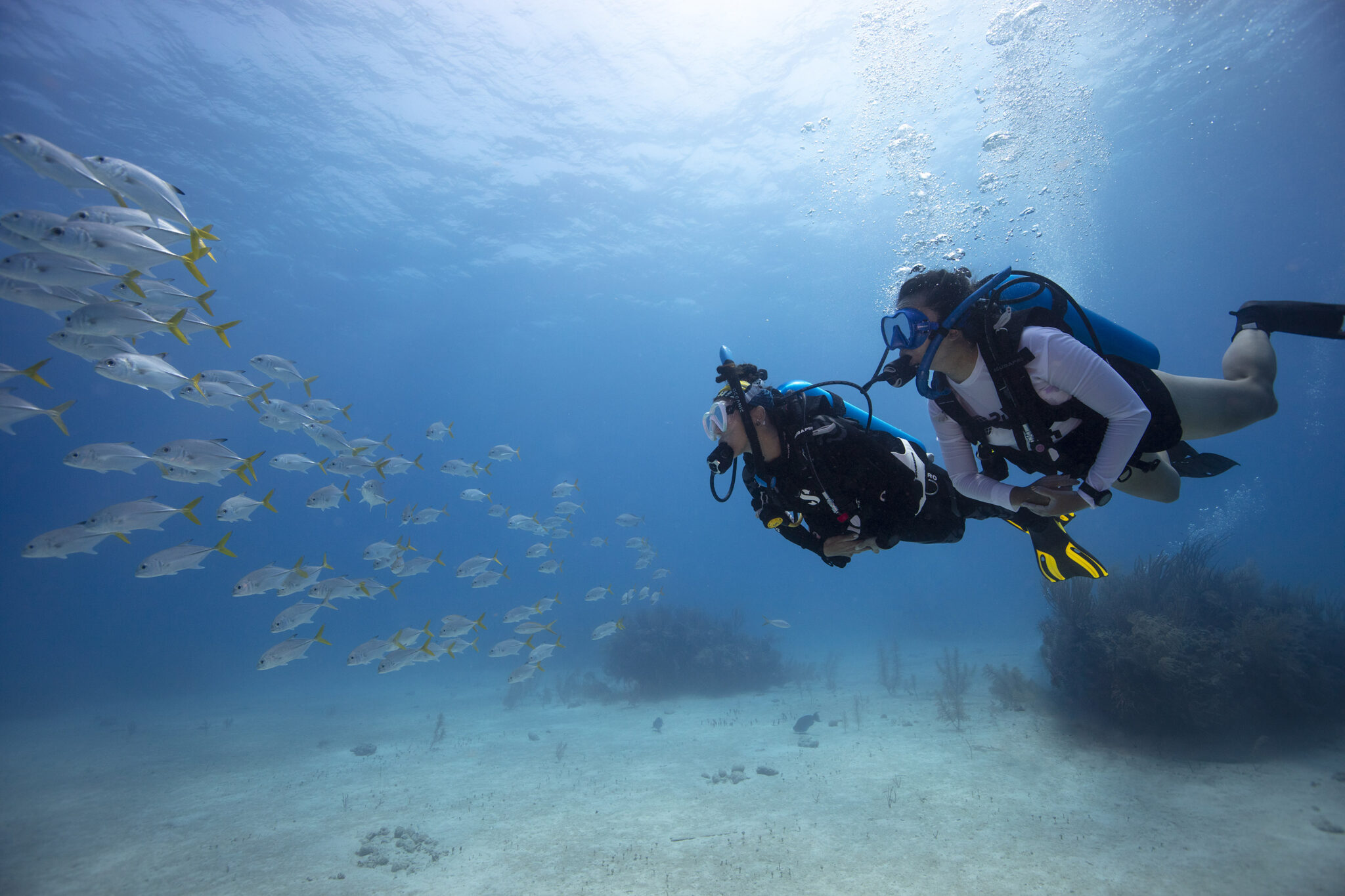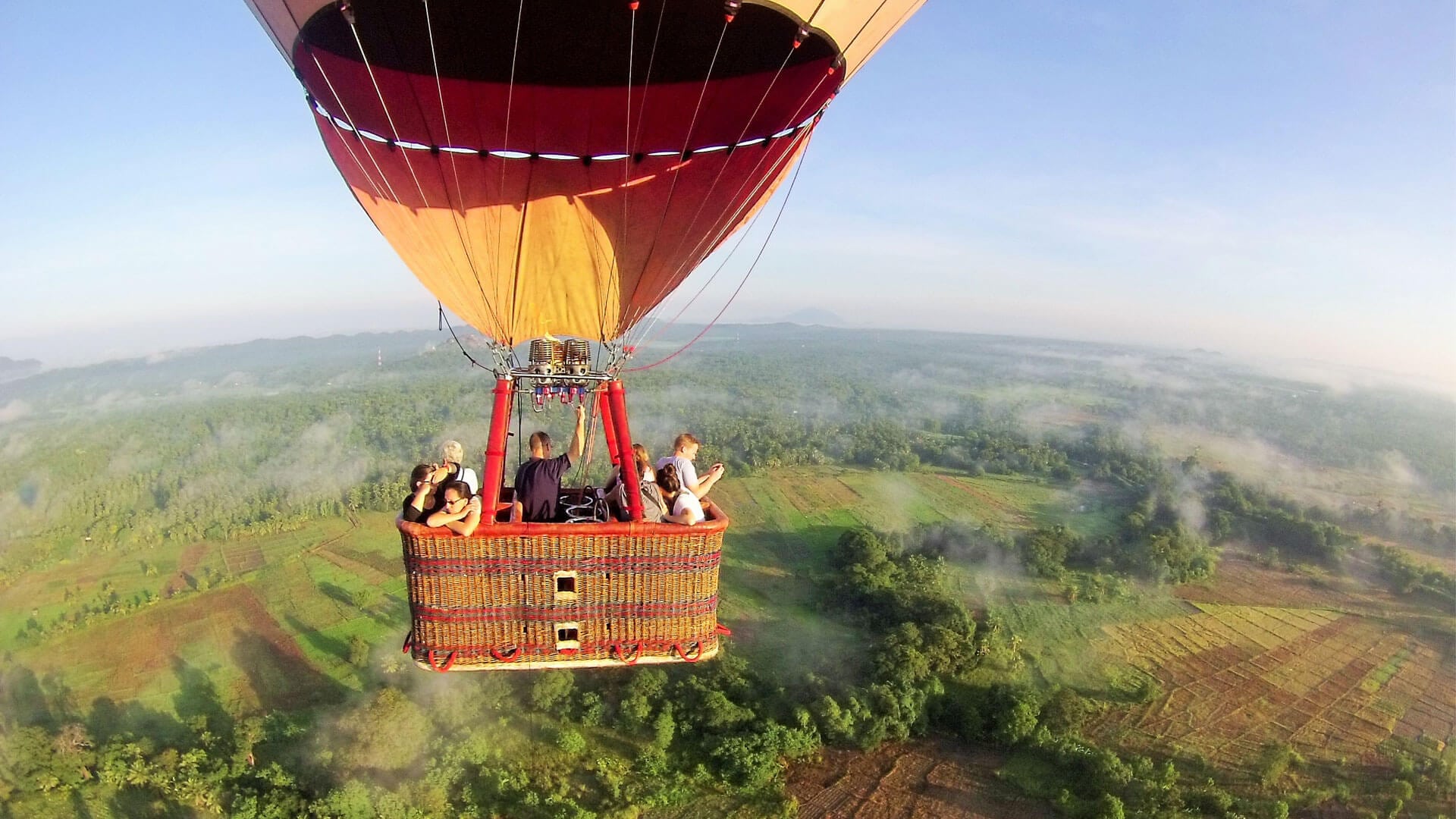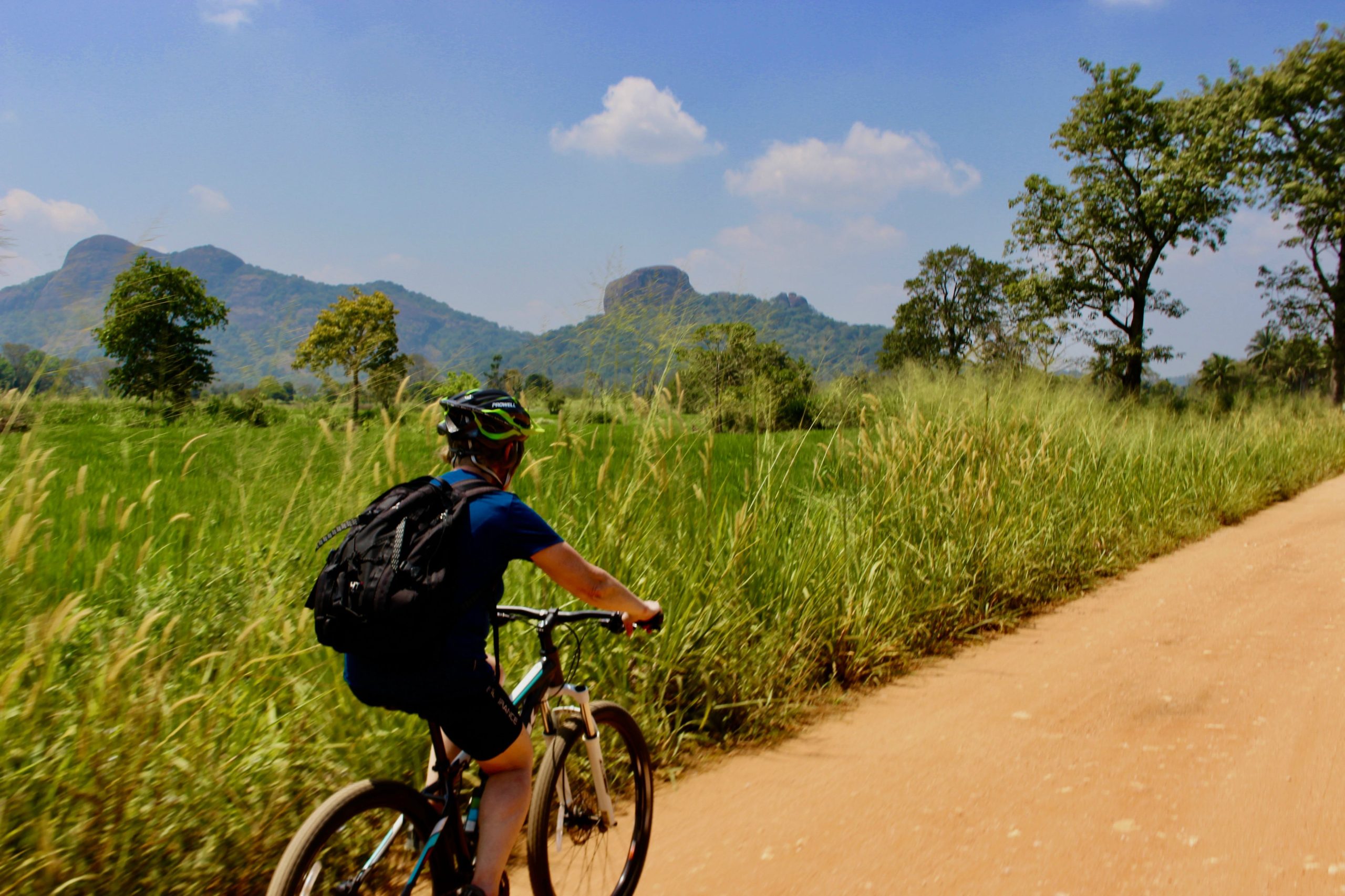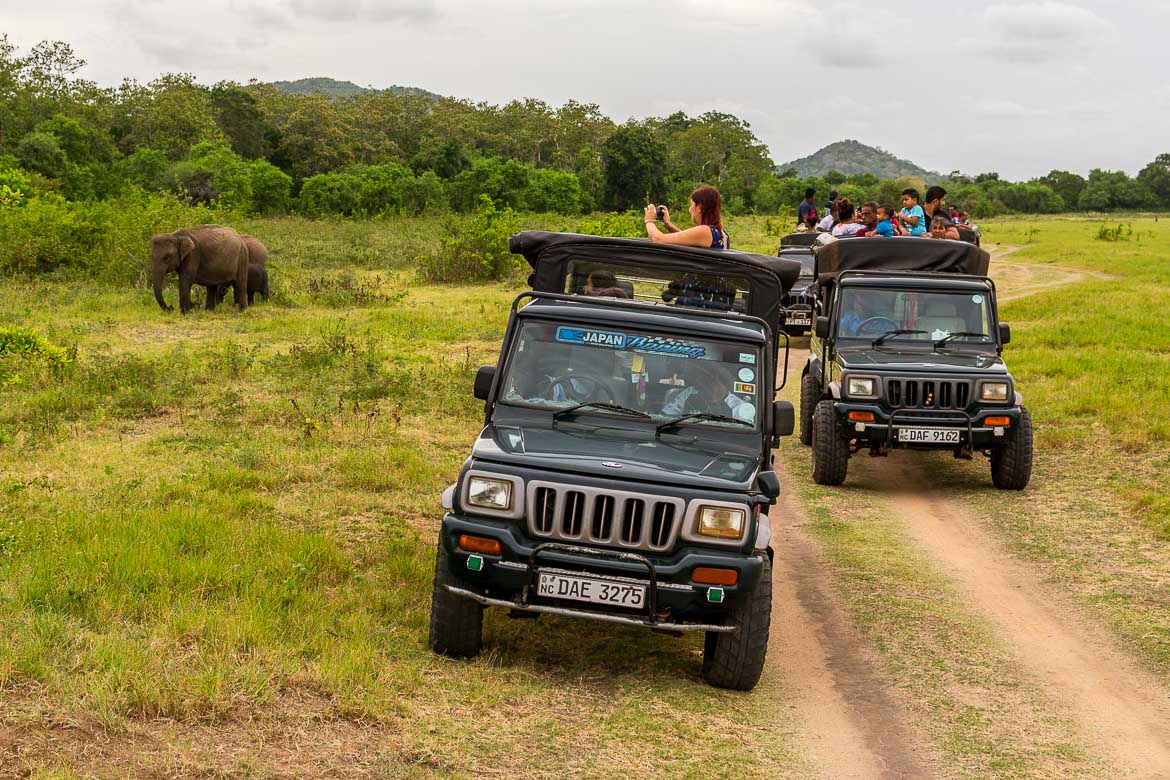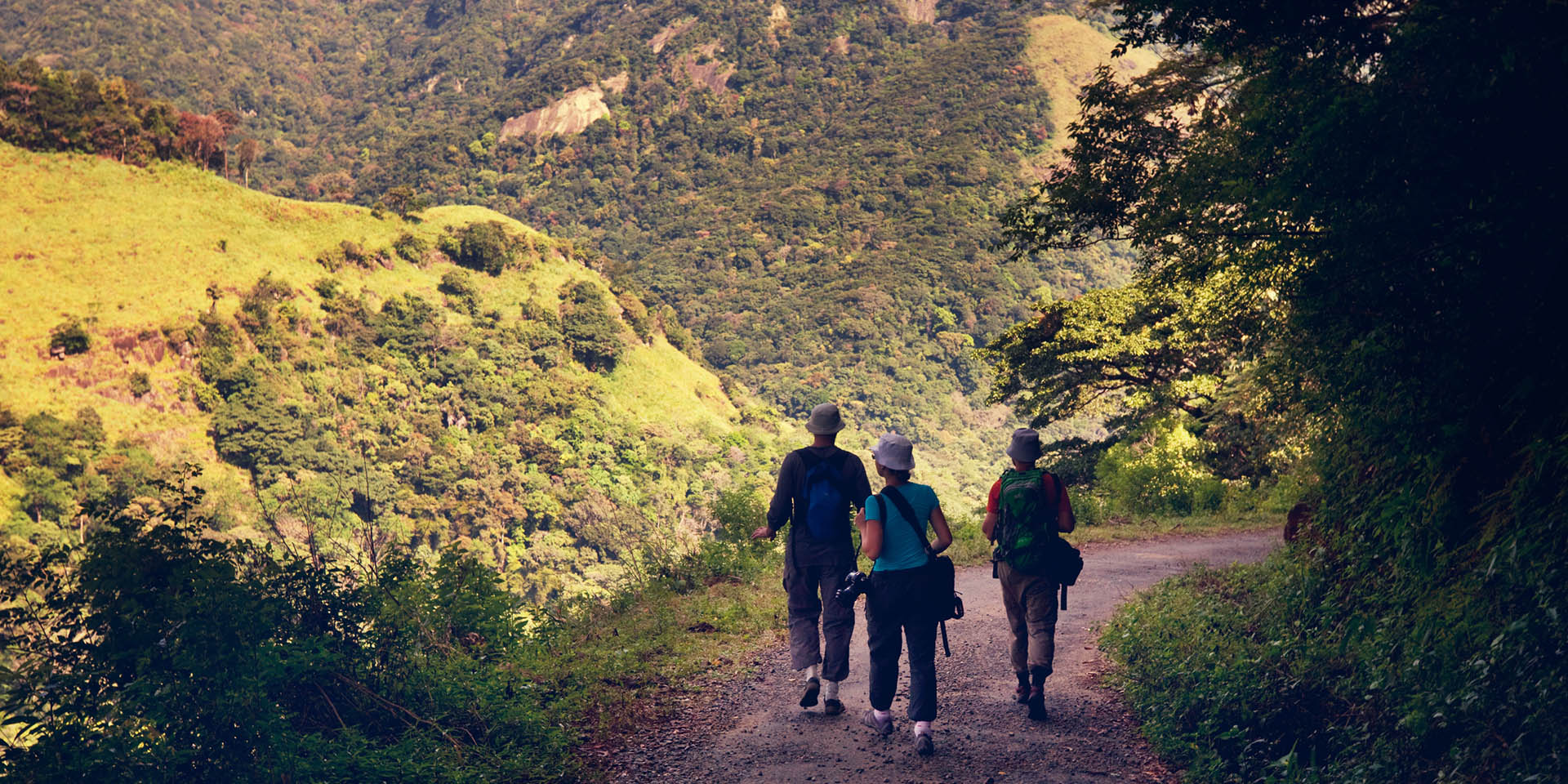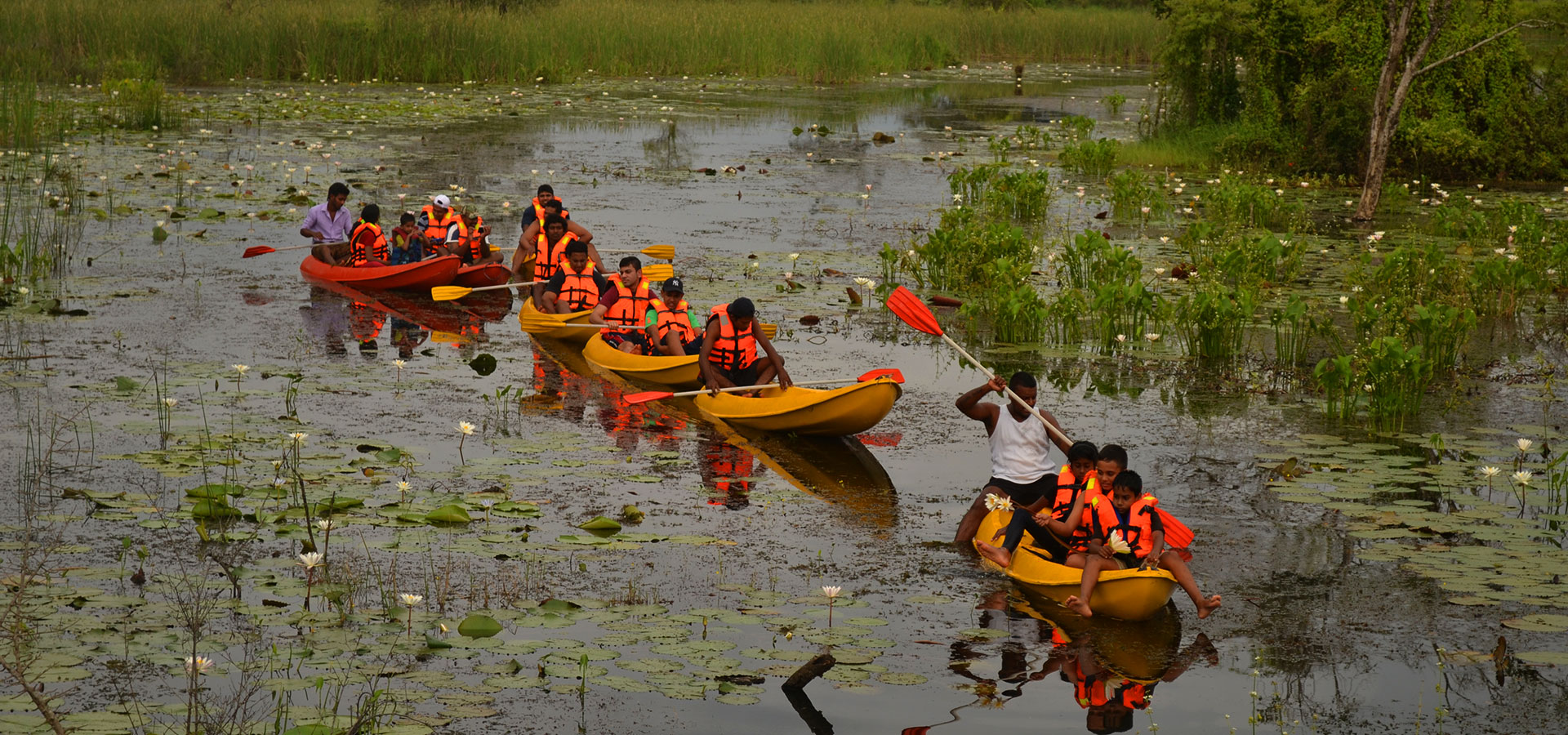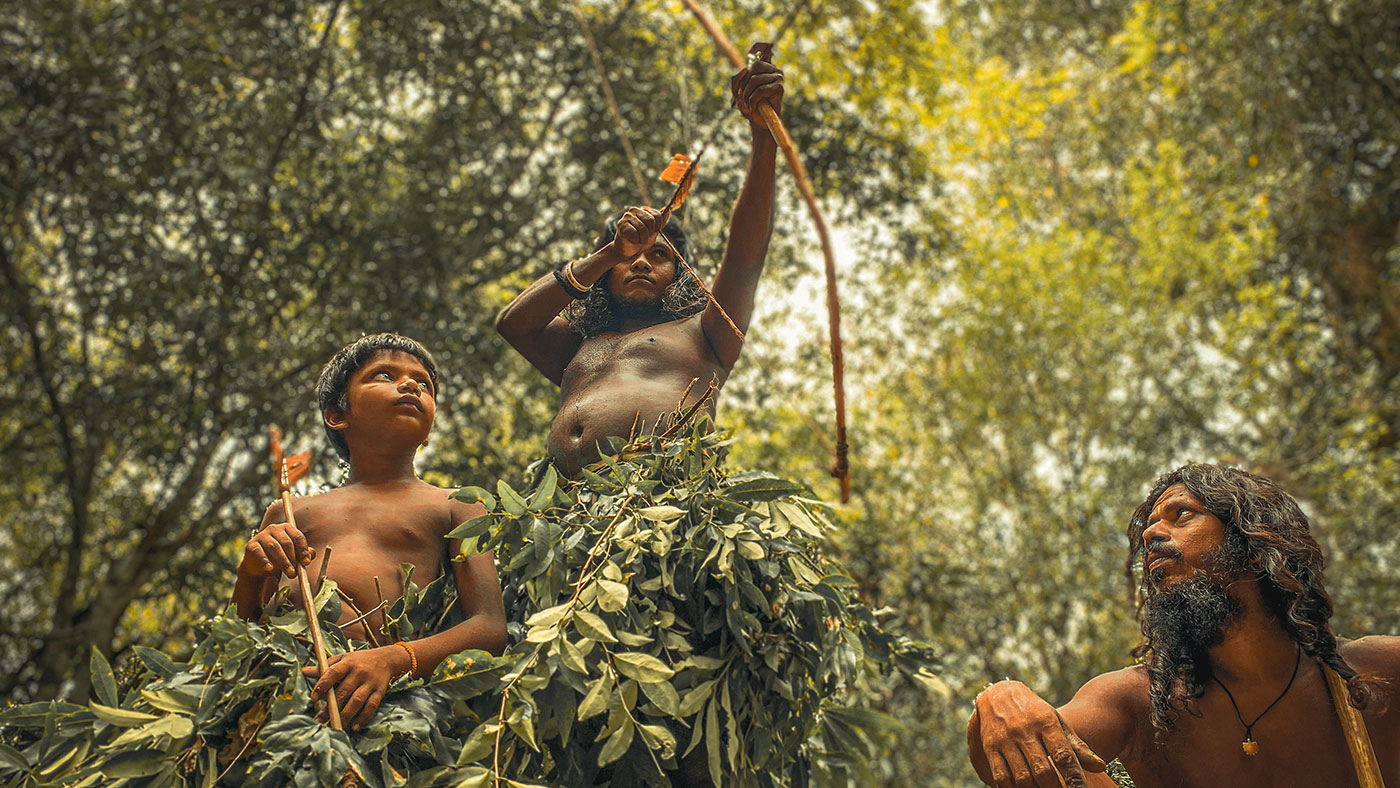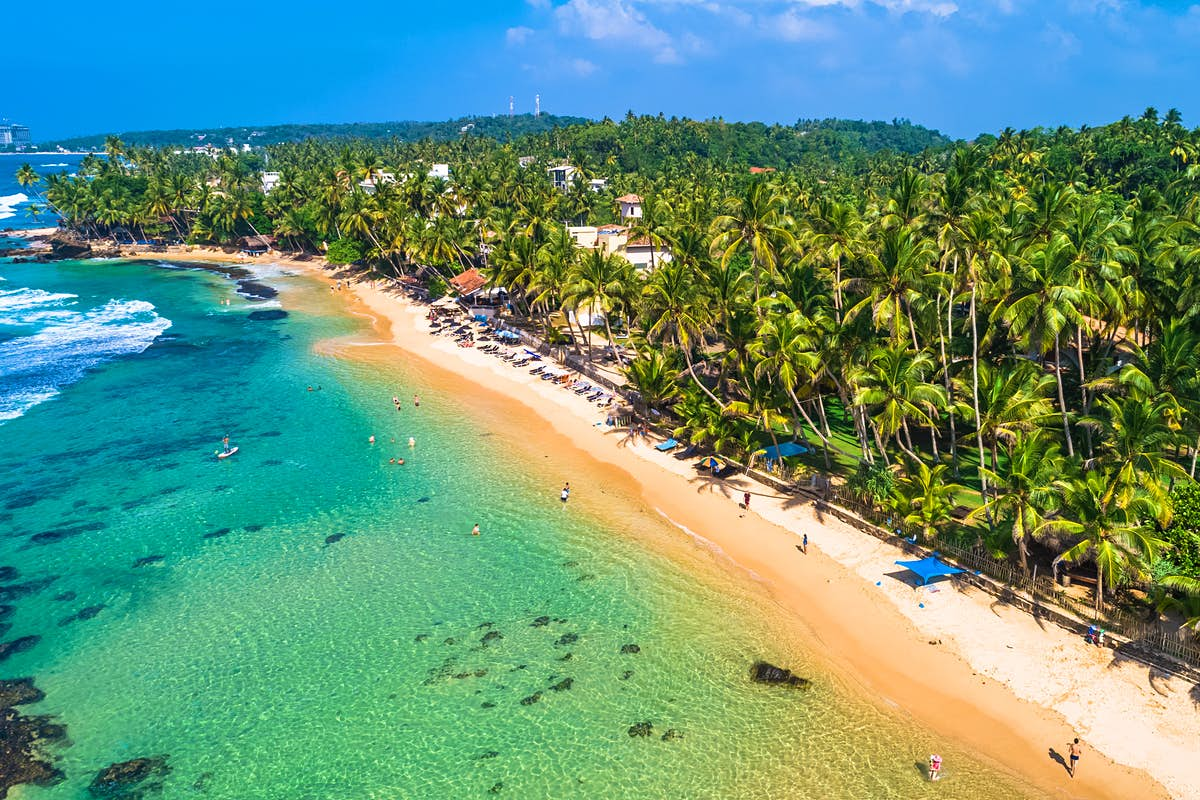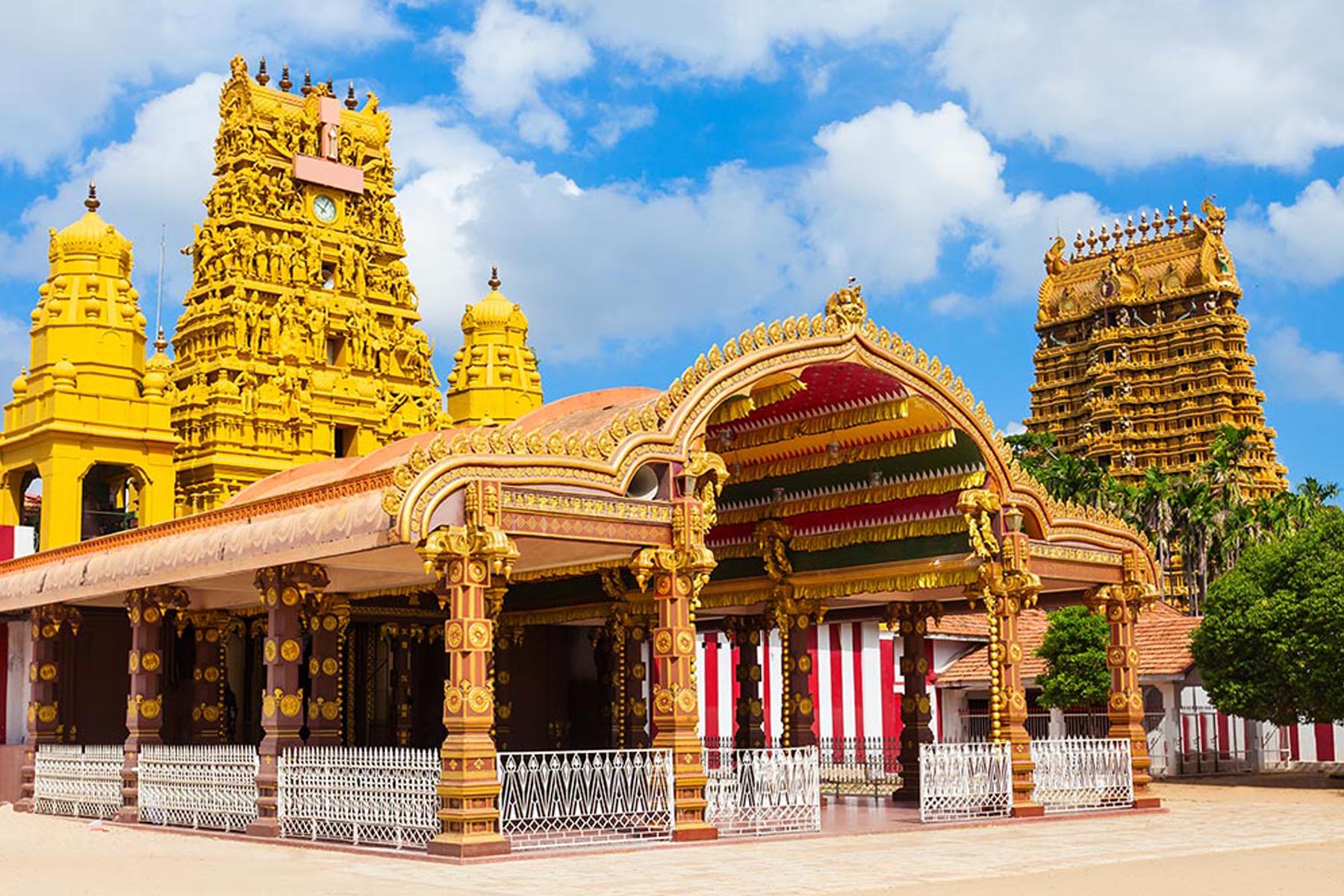
Turtle Conservation
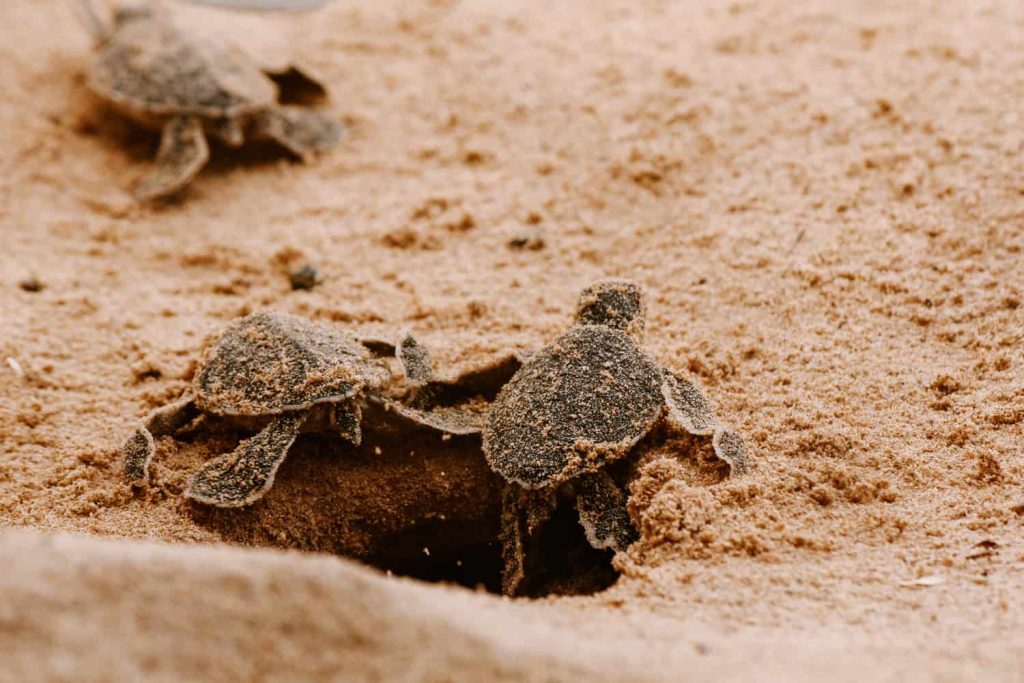
Turtle Conservation
Turtle conservation initiatives in Sri Lanka.
Sri Lanka, with its sun-kissed beaches and crystal-clear waters, is not only a paradise for tourists but also a crucial habitat for endangered sea turtles. These ancient mariners, known for their arduous journeys across oceans, face numerous threats, making conservation efforts paramount. For environmentally conscious tourists, Sri Lanka offers unique opportunities to engage in turtle conservation initiatives and contribute to the protection of these remarkable creatures.
There are seven species of marine turtles living in the world, representing two families, Cheloniidae and Dermochelyidae.
Cheloniidae is characterized by an extensively roofed skull with well-developed rhamphotheca, while Dermochelyidae is characterized by the extreme reduction of bones of the carapace, plastron, and the Neomorphic epitheca shell layer consisting of a mosaic of thousands of small polygonal bones (Prichard, 1997).
The seven species include:
- The green turtle (Chelonia mydas),
- Loggerhead turtle (Caretta caretta),
- Hawksbill turtle (Eretmochelys imbricata),
- Olive ridley turtle (Lepidochelys olivacea),
- Kemp’s ridley turtle (Lepidochelys kempii),
- flatback turtle (Natator depressus), and then
- Leatherback turtle (Dermochelys coriacea),
There is an eighth species, the black turtle or eastern Pacific green turtle (Chelonia agasszii), recognised.
Marine turtles represent an ancient and distinctive component of the world’s biological diversity. Studies have revealed that they first appeared more than 100 million years ago (TUCN, 1995). These are the only living families of marine turtles descending from the large, diverse marine radiation of cryptodiran turtles.




